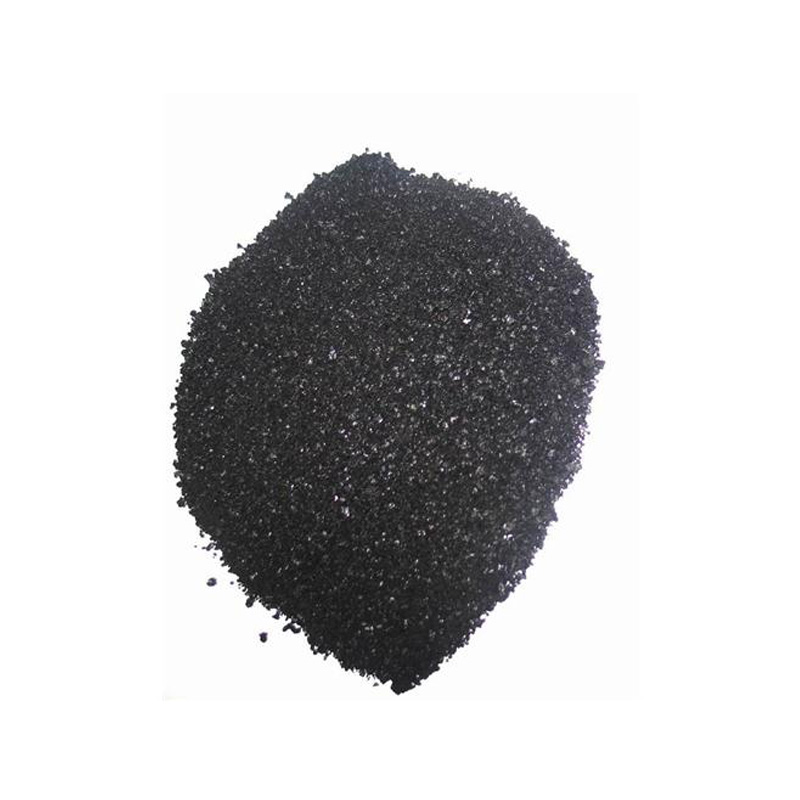indigo dyeing at home products
Indigo Dyeing at Home A Creative Journey
Indigo dyeing has a rich history that dates back centuries, celebrated for its deep blue hues that have adorned textiles across cultures. While traditionally practiced with specialized knowledge and equipment, you can easily embrace this ancient art form at home with some basic supplies and techniques. This guide will help you delve into the magical world of indigo dyeing, transforming everyday fabrics into stunning pieces of art.
To start indigo dyeing at home, you will need the following materials indigo dye (available in both powder and liquid form), a dye vat (which can be created using simple ingredients), and natural fabrics such as cotton, silk, or wool
. Before dyeing, ensure your materials are pre-washed to remove any residues that could interfere with dye absorption.Creating your dye vat is a crucial step. If you're using powdered indigo, mix it with water according to the manufacturer’s instructions. Next, you'll need to add a reducing agent, such as sodium hydrosulfite, which helps dissolve the indigo and create a dye solution. Make sure to follow safety guidelines while handling the chemicals; gloves and a mask are recommended.
indigo dyeing at home products

Once your dye vat is ready, it's time for the fun part—dyeing your fabrics! To achieve different designs, you can experiment with various techniques, such as tying, folding, or using rubber bands to create patterns. The iconic shibori technique, which involves intricate folding and binding, can yield beautiful results.
Submerge your prepared fabric into the dye vat, allowing it to soak for a few minutes. As you remove the fabric, you'll notice it appears green initially due to the oxidation process. As the fabric gets exposed to air, it will transform into a rich blue hue. Repeat the dyeing process for a deeper color, letting the fabric dry between dips.
After achieving your desired shade, rinse the fabric thoroughly in cold water to remove any excess dye. Following this, you may want to wash it with gentle soap to secure the color. Dry your fabric away from direct sunlight to prevent fading.
Indigo dyeing at home is not only a gratifying artistic endeavor but also a fantastic way to personalize your textiles. With practice, you can master various techniques and create unique patterns that reflect your style. Whether you want to revamp old clothing, create home decor, or even gift handcrafted items, indigo dyeing can be a rewarding experience that connects you with a timeless craft. Dive into this vibrant world and let your creativity flow!
-
The Timeless Art of Denim Indigo Dye
NewsJul.01,2025
-
The Rise of Sulfur Dyed Denim
NewsJul.01,2025
-
The Rich Revival of the Best Indigo Dye
NewsJul.01,2025
-
The Enduring Strength of Sulphur Black
NewsJul.01,2025
-
The Ancient Art of Chinese Indigo Dye
NewsJul.01,2025
-
Industry Power of Indigo
NewsJul.01,2025
-
Black Sulfur is Leading the Next Wave
NewsJul.01,2025

Sulphur Black
1.Name: sulphur black; Sulfur Black; Sulphur Black 1;
2.Structure formula:
3.Molecule formula: C6H4N2O5
4.CAS No.: 1326-82-5
5.HS code: 32041911
6.Product specification:Appearance:black phosphorus flakes; black liquid

Bromo Indigo; Vat Bromo-Indigo; C.I.Vat Blue 5
1.Name: Bromo indigo; Vat bromo-indigo; C.I.Vat blue 5;
2.Structure formula:
3.Molecule formula: C16H6Br4N2O2
4.CAS No.: 2475-31-2
5.HS code: 3204151000 6.Major usage and instruction: Be mainly used to dye cotton fabrics.

Indigo Blue Vat Blue
1.Name: indigo blue,vat blue 1,
2.Structure formula:
3.Molecule formula: C16H10N2O2
4.. CAS No.: 482-89-3
5.Molecule weight: 262.62
6.HS code: 3204151000
7.Major usage and instruction: Be mainly used to dye cotton fabrics.

